Marking out is an essential activity in the processing of wood and metal. What exactly is it, what are the types and which are the most commonly used marking out tools.
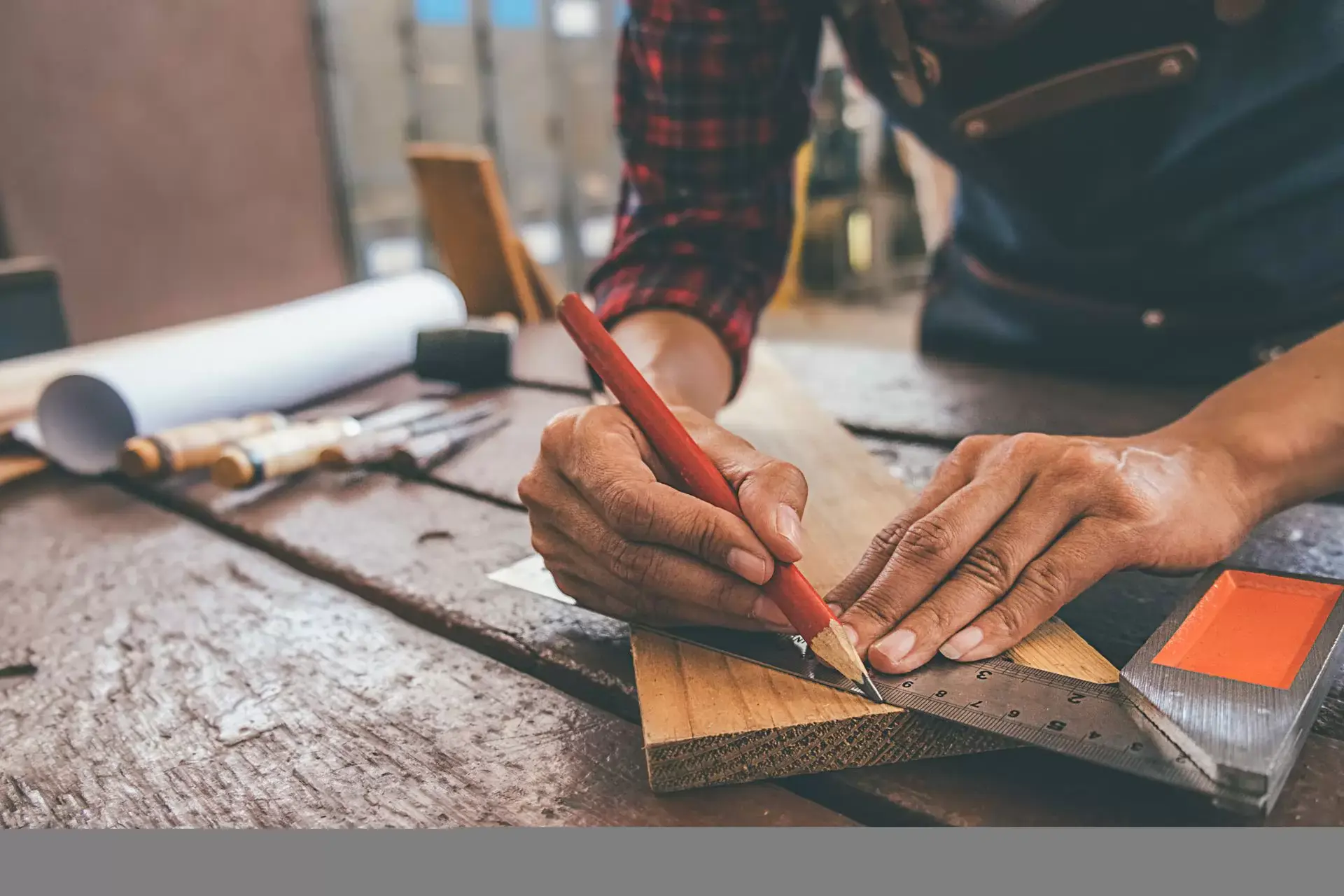
Marking out is an essential activity in the processing of wood and metal. What exactly is it, what are the types and which are the most commonly used marking out tools.
What is marking out, and what are marking out tools?
Marking out is the process of transferring or drawing a design or pattern on the surface of a material. It is essential in order to precisely cut various shapes, such as holes. The first step is creating a drawing, which should include information where to place the cuts and holes, together with the dimensions and the edges. The second step is transferring the drawing to the material. There are two types of marking out:
- flat,
- spatial.
The first involves drawing lines (including axes of symmetry) on a surface. The second type is also about drawing lines, but on the surface of a solid material. Before you start marking out, always check the condition of the material or object to be processed. Special tools are used for marking out, enabling drawing lines and taking measurements.
Marking out tools – basic types
Each of the types presented above requires different marking out tools. Drawing lines on a surface requires the use, among others, of a:
- stylus,
- caliper,
- scriber,
- measuring compass,
- punch,
- ruler,
- square,
- centre head,
- fixing clamp.
In turn, for spatial marking out the following tools are used:
- a divider,
- a surface plate,
- bar markers,
- line measures,
- marking out boxes,
- marking out plates.
The above-mentioned tools are necessary for professional use, although they can also be useful for hobbyists. If you are setting up a DIY workshop for wood or metal processing you also will require tools for precisely marking shapes.
Scribers
A scriber is equipped with a needle or a knife, which is used to trace horizontal lines, transfer dimensions and determine preliminary cutting lines on wood.
Measuring compasses
The height of an object is measured with a divider, otherwise called a measuring compass. To do this, place the tool and workpiece on a flat surface, preferably a surface plate. The result is then read on the vertical guide.
Surface plates
The above-mentioned surface plate is the reference surface for marking-out measurements. Surface plates can be made of granite, ceramics and cast iron. They have a smooth surface on top to enable precise measurements.
Marking-out plates are used to place the objects on the surface. In addition, bar markers, line rules and marking boxes are used during spatial marking out. Painting equipment is usually on hand for additional support. Special paints are used for marking, and thus making it easier to see the designated lines.
Other marking-out tools
Marking out tools are a wide range of equipment that complement other tools for wood and metal processing. In addition to scribers, dividers and plates, styluses (for drawing scratches), punch marks (for marking the surface by hitting with a hammer) and compasses (for drawing borders) are also used. Calipers equipped with a stylus let you mark and measure lines or shapes for future processing. A ruler with a stand is necessary for measuring distances, drawing horizontal lines and setting markers. If, on the other hand, you want to determine a right angle, you should use a square. A centre head is used to determine the central point on a flat surface of a round object. Fixing clamps will come in handy for stabilising cylindrical elements, especially for processing using a milling machine. They come in the shape of cuboids or cubes with cutouts resembling the letter V.
Carpentry marking out tools
In a carpentry workshop you need both electric and manual tools. When choosing the former type, you usually focus on the designated use and parameters, e.g. types of circular saws for cutting wood. However, bear in mind that the simplest tools also very important in many day-to-day jobs when it comes to precision. Of course, we mean simple tools for marking out in carpentry.
The tools described in the previous parts of this article are rather universal and they are suitable for processing both wood and metal (e.g. rulers and dividers). The most basic equipment for any carpenter, however, is a special pencil – stronger than ordinary ones and with a more intense colour. Automatic carpentry pencils are also available.
In addition to markers, a steel square is also required, which can also be found in the surveying and construction industry. It is used to mark out right, complete and straight angles. Typical carpentry tools also include marking out knives and bevel squares. After putting together the list of tools, it’s time to have a look at the necessary accessories for processing wood, e.g. different types of cutters.
Which marking out tools should you choose – summary
Marking out tools are necessary when processing wood or metal. In order to precisely cut, shape or make holes in the material, the material should be properly prepared. Regardless of whether you want to draw lines on a flat surface or on a solid material, you need the right equipment. Marking out a shape requires measuring instruments (e.g. a caliper) and tools for applying the dimensions (e.g. a marker). It is also important to accurately mark the angles using a square.
It may turn out that the basic tools prove insufficient. Therefore, when working on a new project, for example a gate, you should first carefully analyse your needs and check what tools you will need.

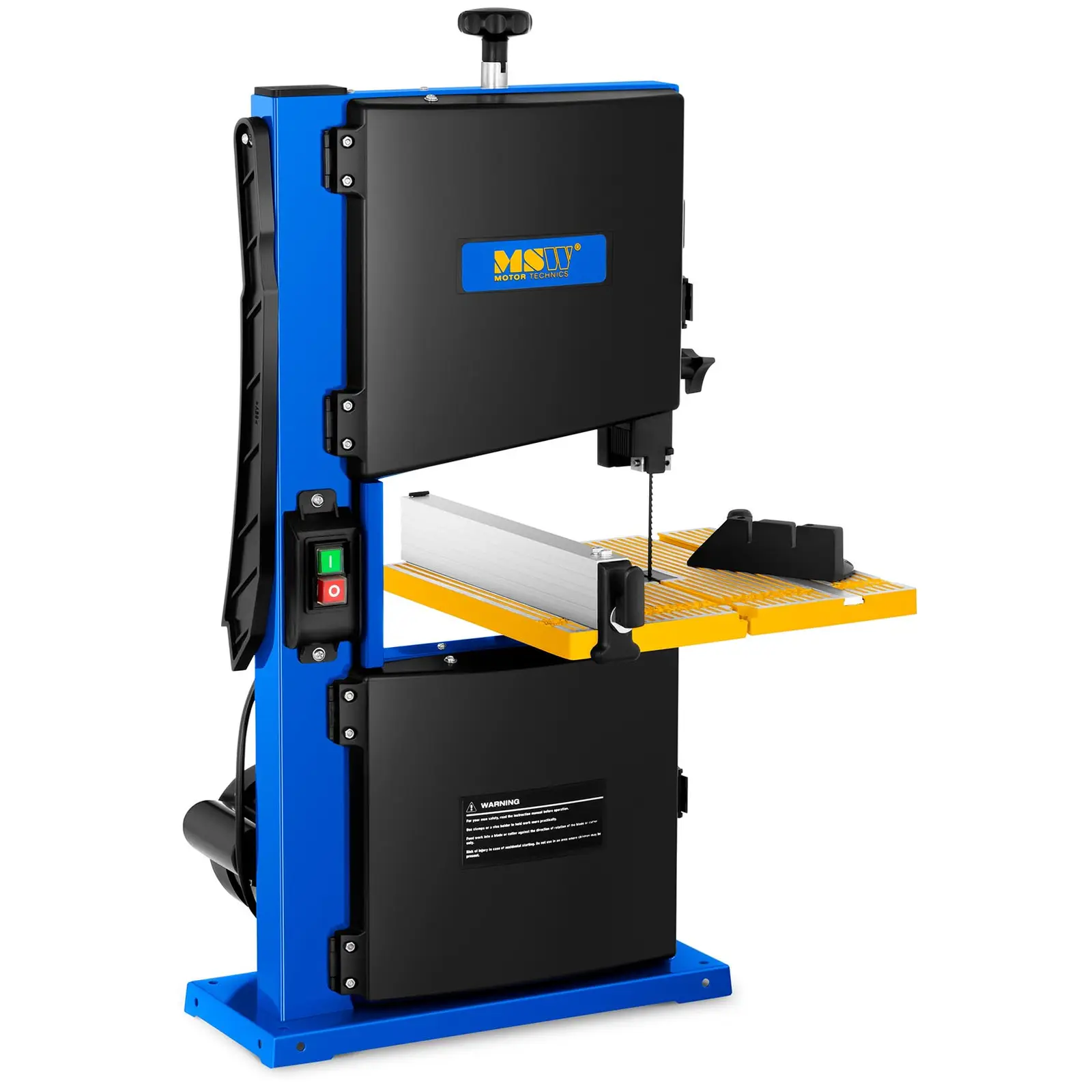
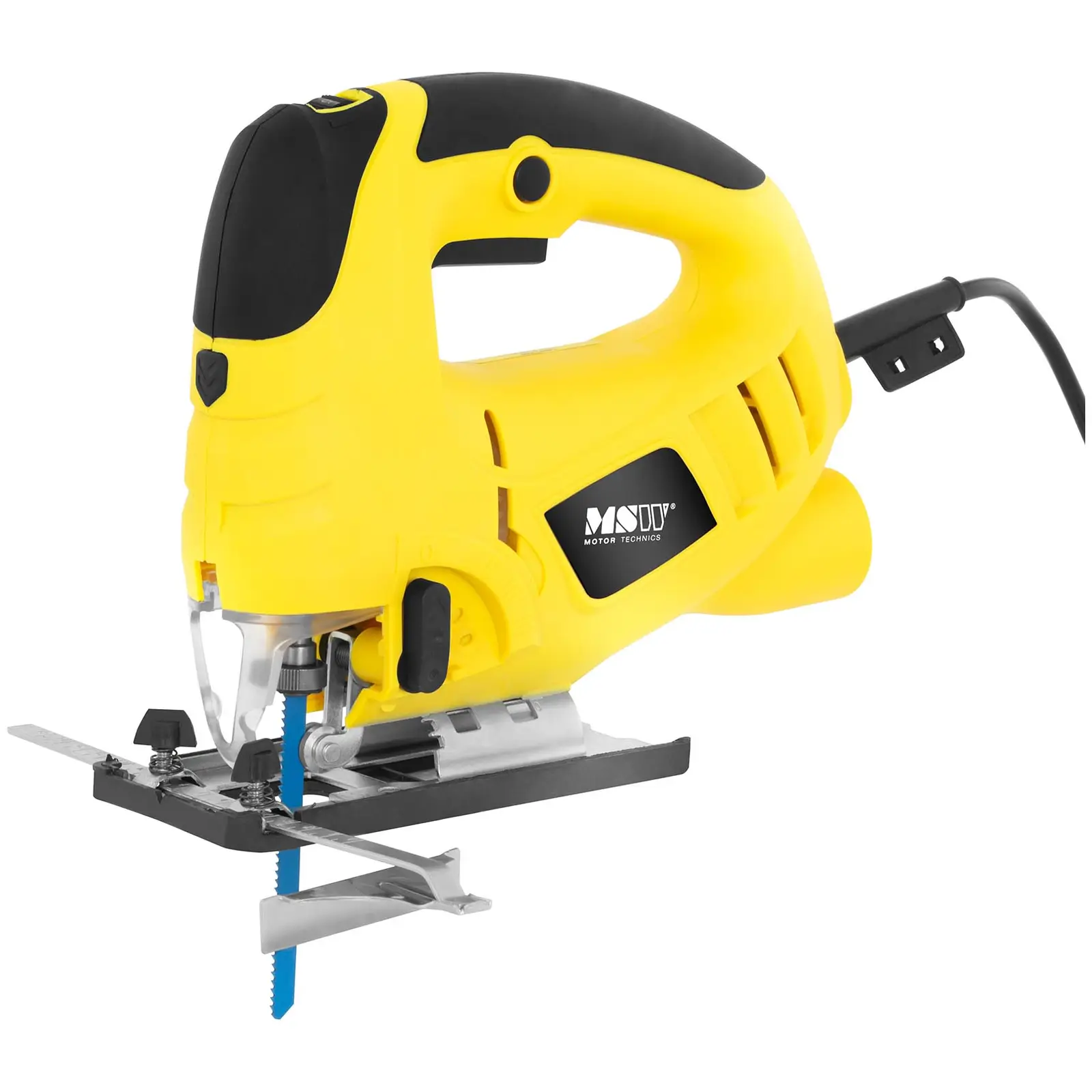
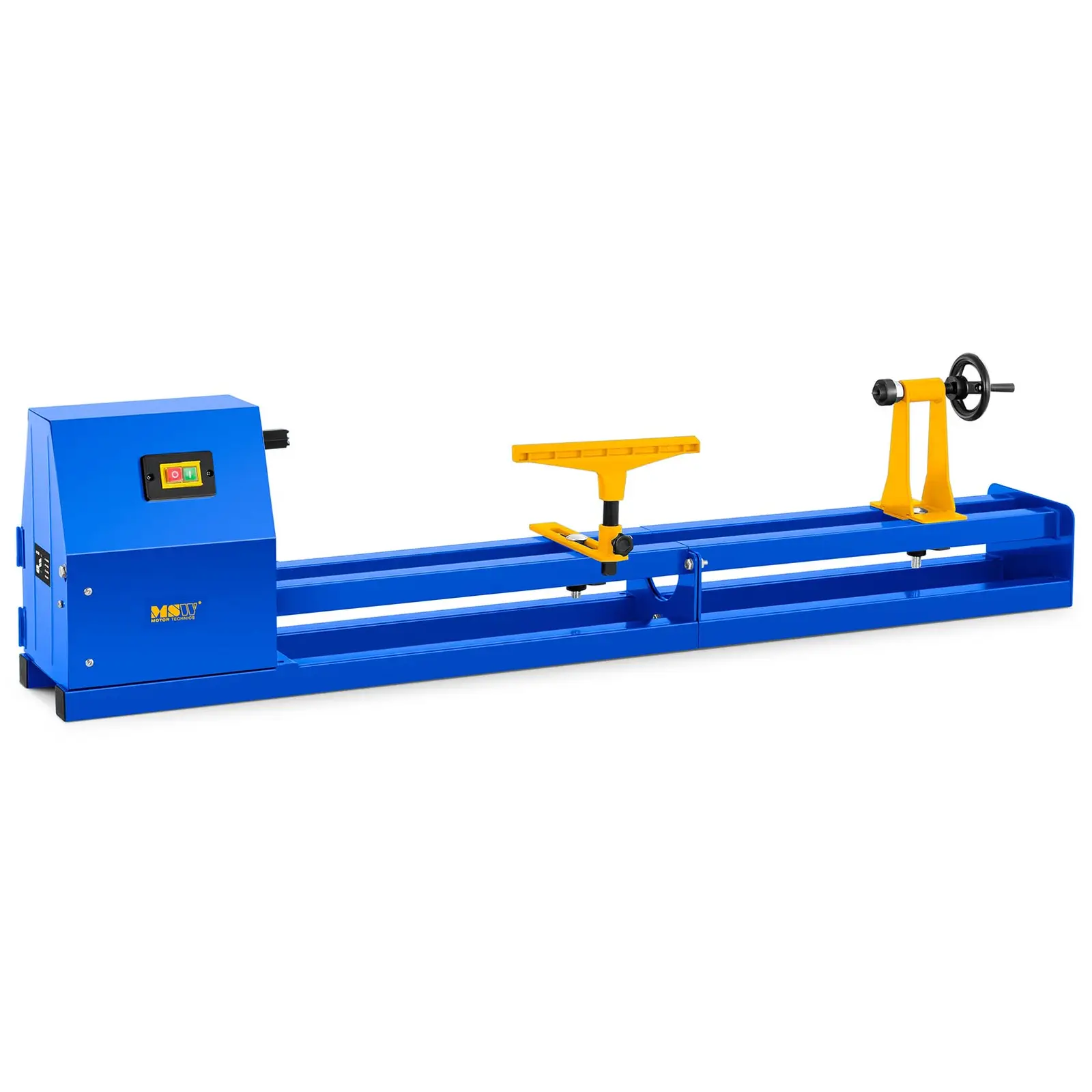
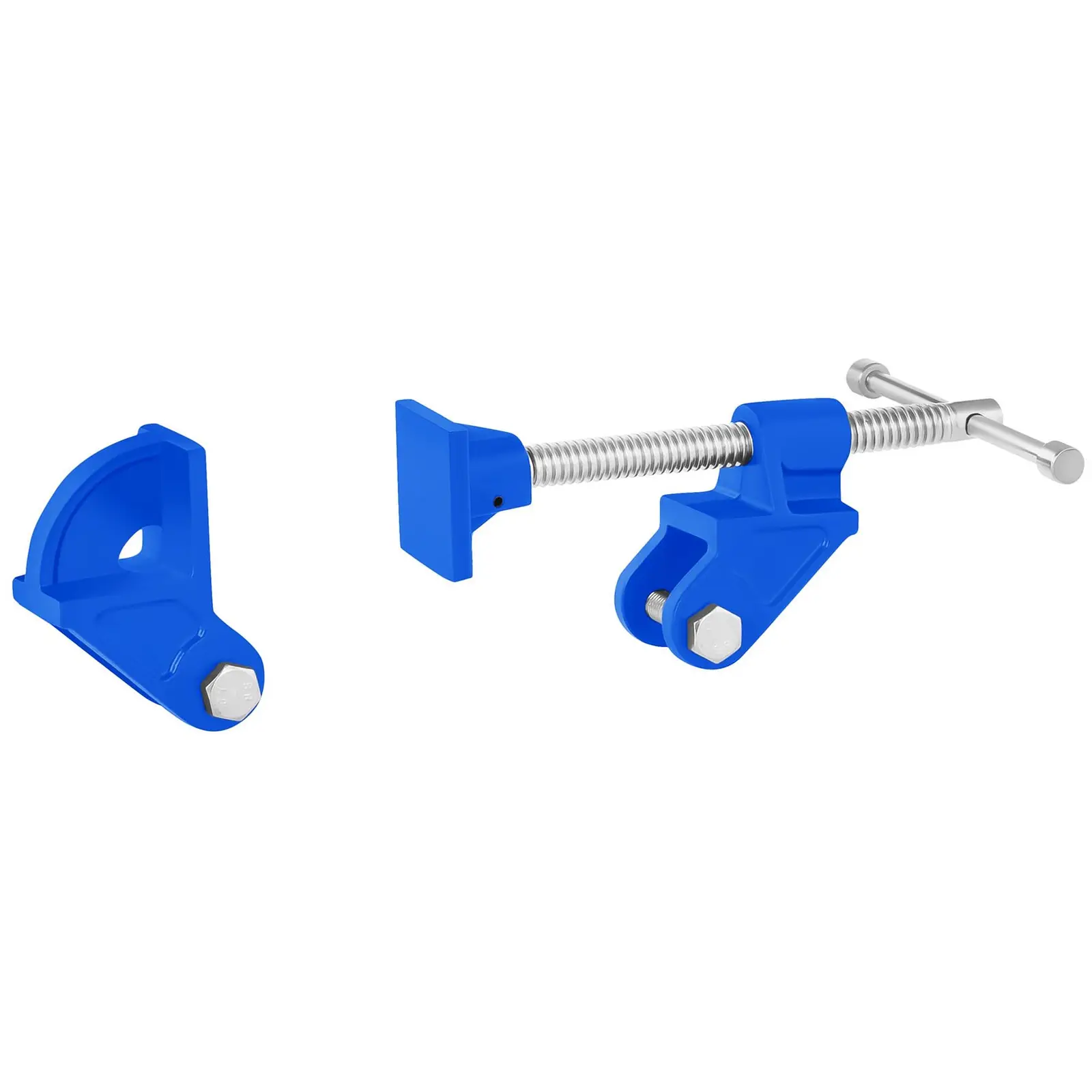
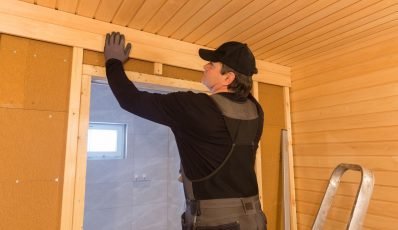




Share